Figures & data
Figure 1. Goat species, status, dietary regime and management strategy, geographical location and climate for each modern goat group. For CH1 and CH2, the circles in the dietary regime/management column indicate the intake of dust/grit.
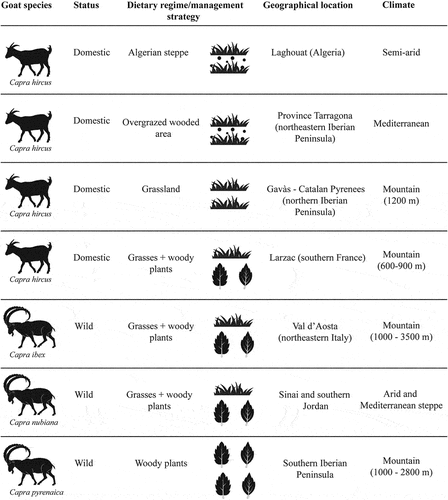
Figure 2. Exemplary occlusal view from a right hemimandible of goat, and topography texture enamel surface (false colour elevation map) of mesiobuccal facet of a second lower molar protoconid.
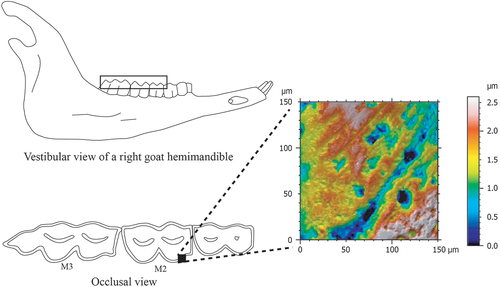
Table 1. Description and functional groups of the ISO 25,178 and SSFA parameters.
Figure 3. Biplots (mean and standard error of the mean) of complexity (Asfc), anisotropy (epLsar), heterogeneity of complexity (HAsfc9) of the four management strategies of domestic goats (CH1= goats managed in the Algerian steppe; CH2= in wooded and overgrazed areas in the northeastern Iberian Peninsula; CH3= in grasslands in the Pyrenees; CH4= in wooded areas in the Larzac).

Table 2. Mean (Mn), standard error of the mean (SEM) and standard deviation (SD) values of SSFA textural parameters of wild and domestic extant goats. Asfc: complexity; epLsar: anisotropy; HAsfc9: heterogeneity of complexity.
Table 3. Classification of extant domestic specimens using the classificatory rule obtained from a Quadratic Discriminant Analysis (QDA).
Figure 4. Quadratic discriminant analysis of ISO parameters of domestic modern goats. The star represents the mean for each group (CH1= goats managed in the Algerian steppe; CH2= in wooded and overgrazed areas in the northeastern Iberian Peninsula; CH3= in grasslands in the Pyrenees; CH4= in wooded areas in the Larzac).

Figure 5. Biplots (mean and standard error of the mean) of Complexity (Asfc), anisotropy (epLsar), heterogeneity of complexity (HAsfc9) of the four management strategies of domestic goats and wild ibexes (CH1= goats managed in the Algerian steppe; CH2= in wooded and overgrazed areas in the northeastern Iberian Peninsula; CH3= in grasslands in the Pyrenees; CH4= in wooded areas in the Larzac; CI= Capra ibex; CN= Capra nubiana; CP= Capra pyrenaica).
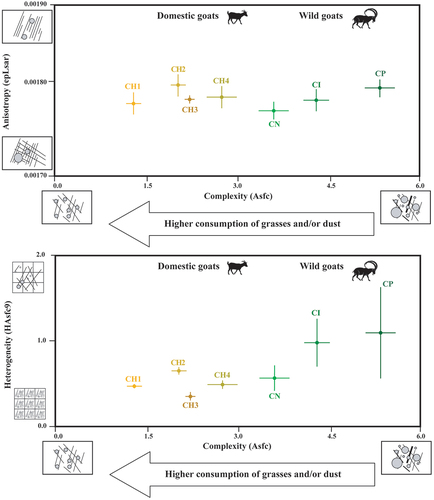
Table 4. Classification of extant wild and domestic specimens using the classificatory rule obtained from a Quadratic Discriminant Analysis (QDA).
Figure 6. Quadratic discriminant analysis of ISO parameters of domestic and wild extant goats. The star represents the mean for each group (CH1= goats managed in the Algerian steppe; CH2= in wooded and overgrazed areas in the northeastern Iberian Peninsula; CH3= in grasslands in the Pyrenees; CH4= in wooded areas in the Larzac; CI= Capra ibex; CN= Capra nubiana; CP= Capra pyrenaica).
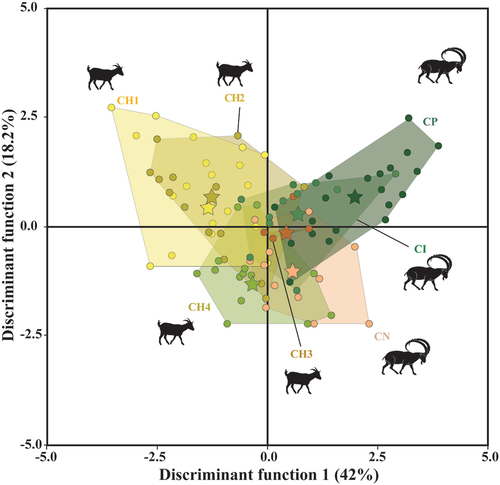
Figure 7. Biplots of the mean five most discriminant ISO parameters of domestic and wild extant goats and their respective standard errors (CH1= goats managed in the Algerian steppe; CH2= in wooded and overgrazed areas in the northeastern Iberian Peninsula; CH3= in grasslands in the Pyrenees; CH4= in wooded areas in the Larzac; CI= Capra ibex; CN= Capra nubiana; CP= Capra pyrenaica).

Figure 8. Biplots (mean and standard error of the mean) of Complexity (Asfc), anisotropy (epLsar), heterogeneity of complexity (HAsfc9) of the four management strategies of domestic goats, wild ibexes and archaeological specimens from Kharaysin and Qarassa (CH1= goats managed in the Algerian steppe; CH2= in wooded and overgrazed areas in the northeastern Iberian Peninsula; CH3= in grasslands in the Pyrenees; CH4= in wooded areas in the Larzac; CI= Capra ibex; CN= Capra nubiana; CP= Capra pyrenaica).
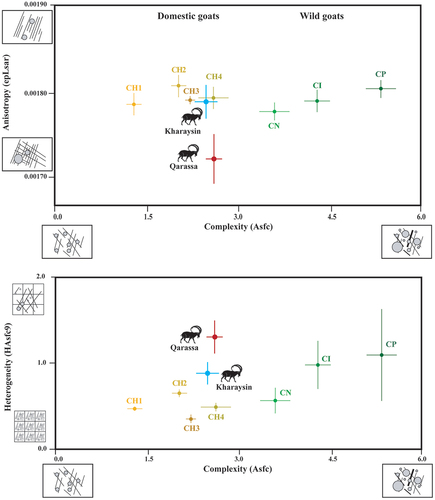
Table 5. Mean (Mn), standard error of the mean (SEM) and standard deviation (SD) values of SSFA textural parameters of archaeological specimens from Tell Qarassa and Kharaysin. Asfc: complexity; epLsar: anisotropy; HAsfc9: heterogeneity of complexity.
Figure 9. Quadratic discriminant analysis based on modern domestic (yellow) and wild goats (green), and archaeological specimens from Kharaysin (blue) and Qarassa (red) (CH1= goats managed in the Algerian steppe; CH2= in wooded and overgrazed areas in the northeastern Iberian Peninsula; CH3= in grasslands in the Pyrenees; CH4= in wooded areas in the Larzac; CI= Capra ibex; CN= Capra nubiana; CP= Capra pyrenaica).
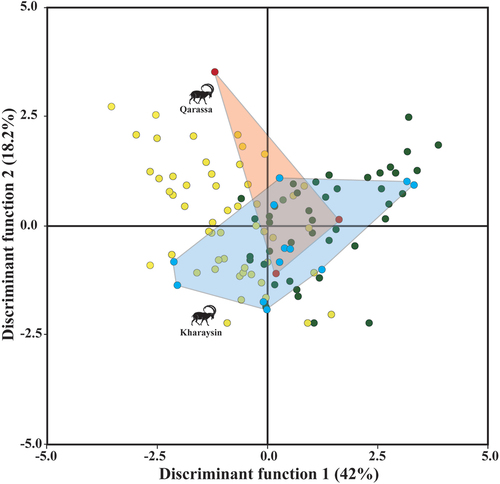
Table 6. Classification of each archaeological specimen using the classificatory rule obtained from a Quadratic Discriminant Analysis (QDA).
